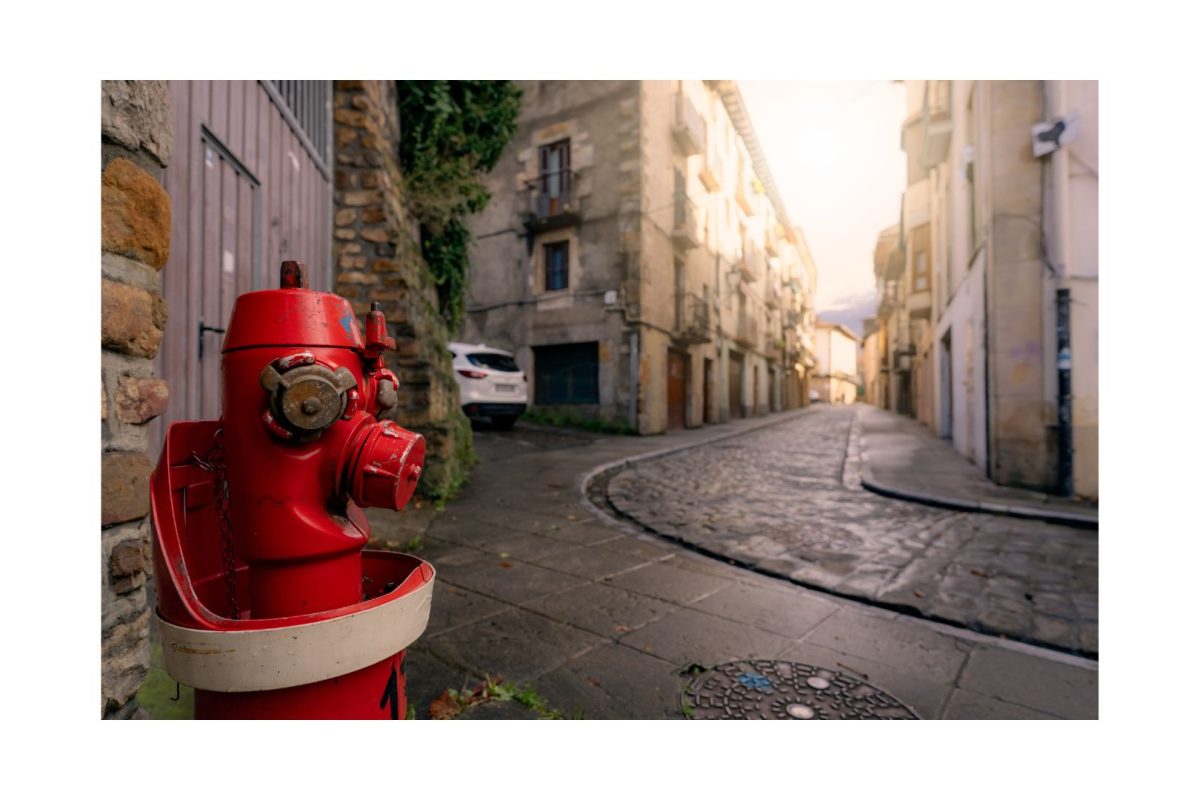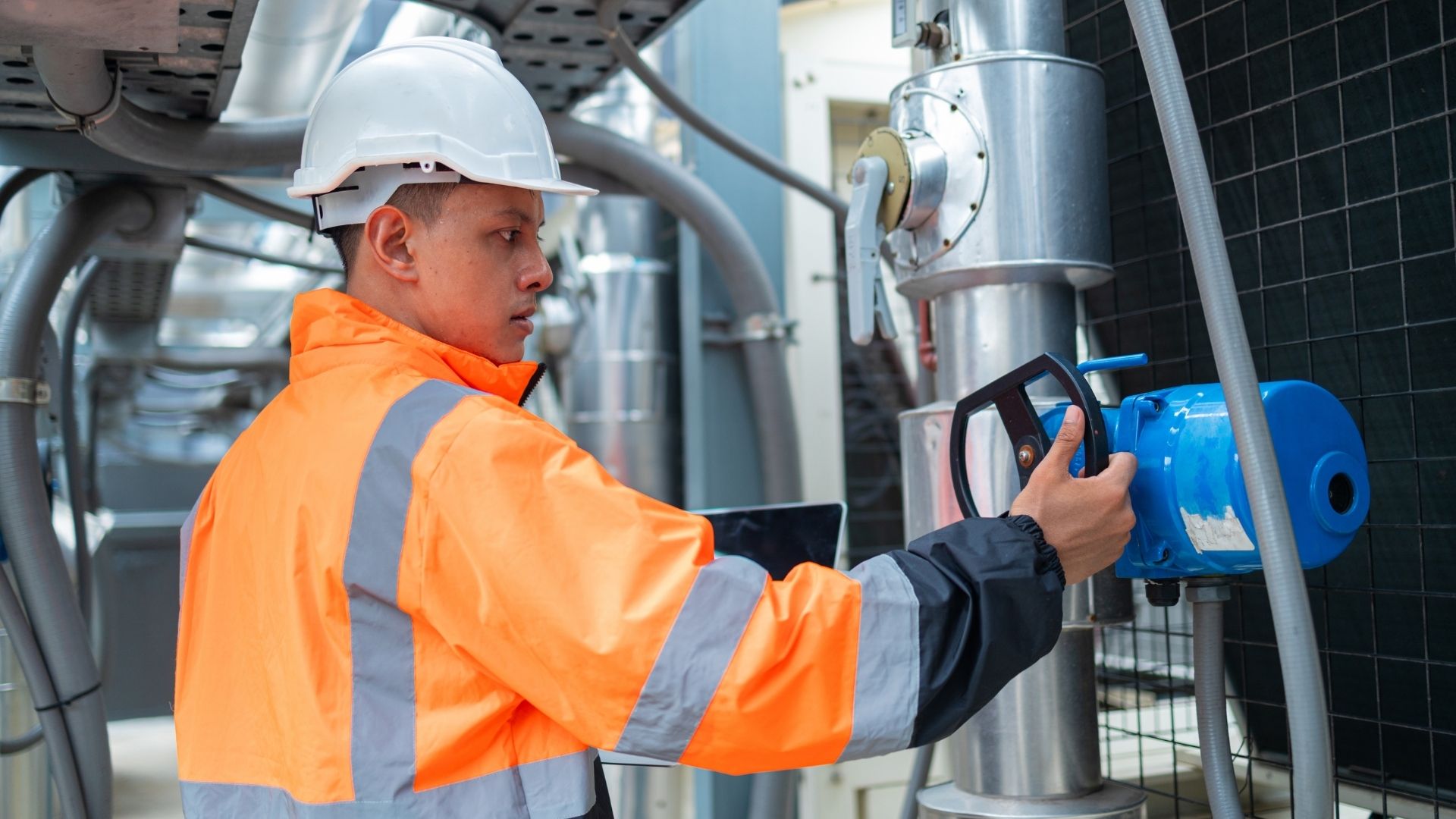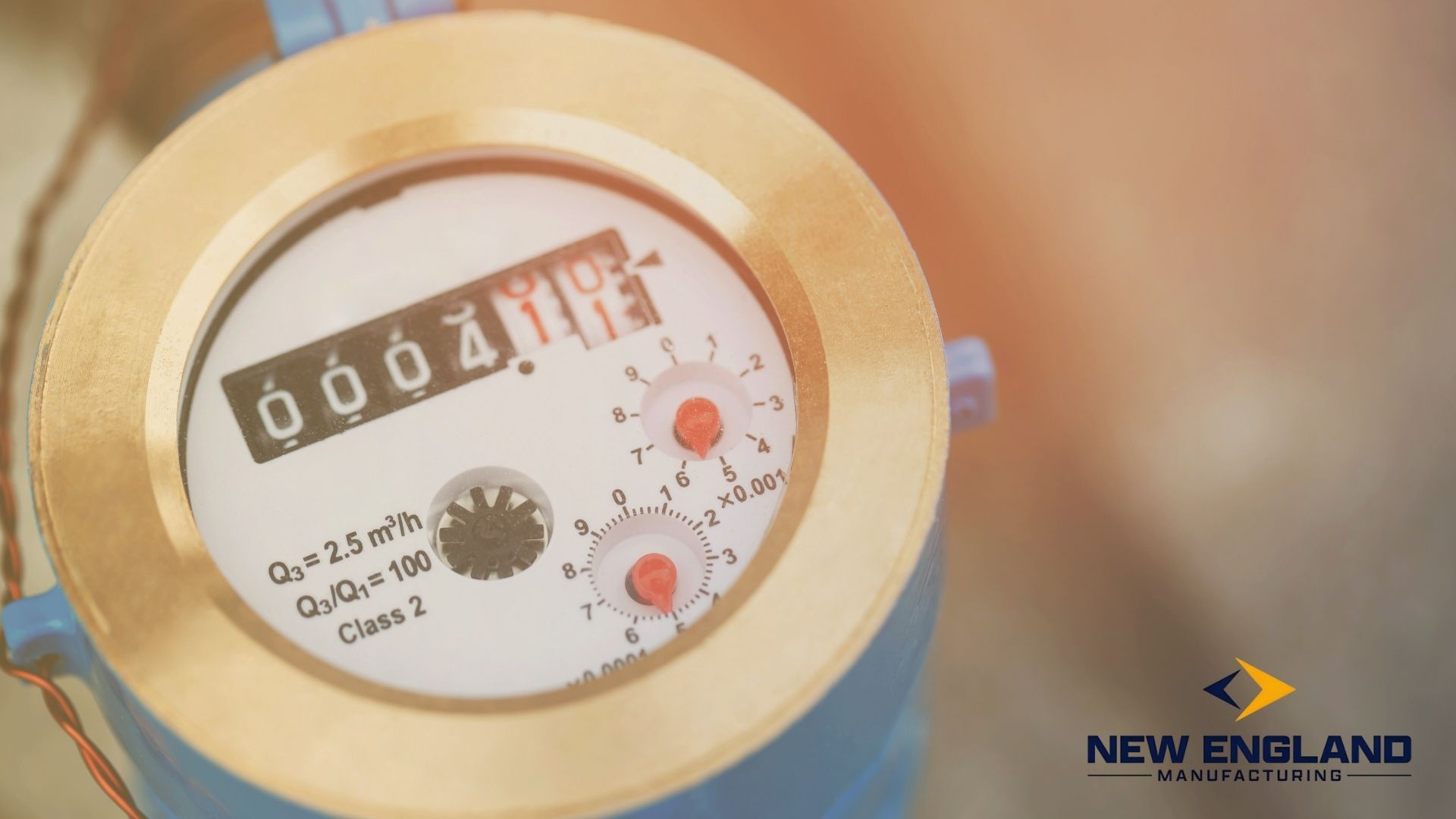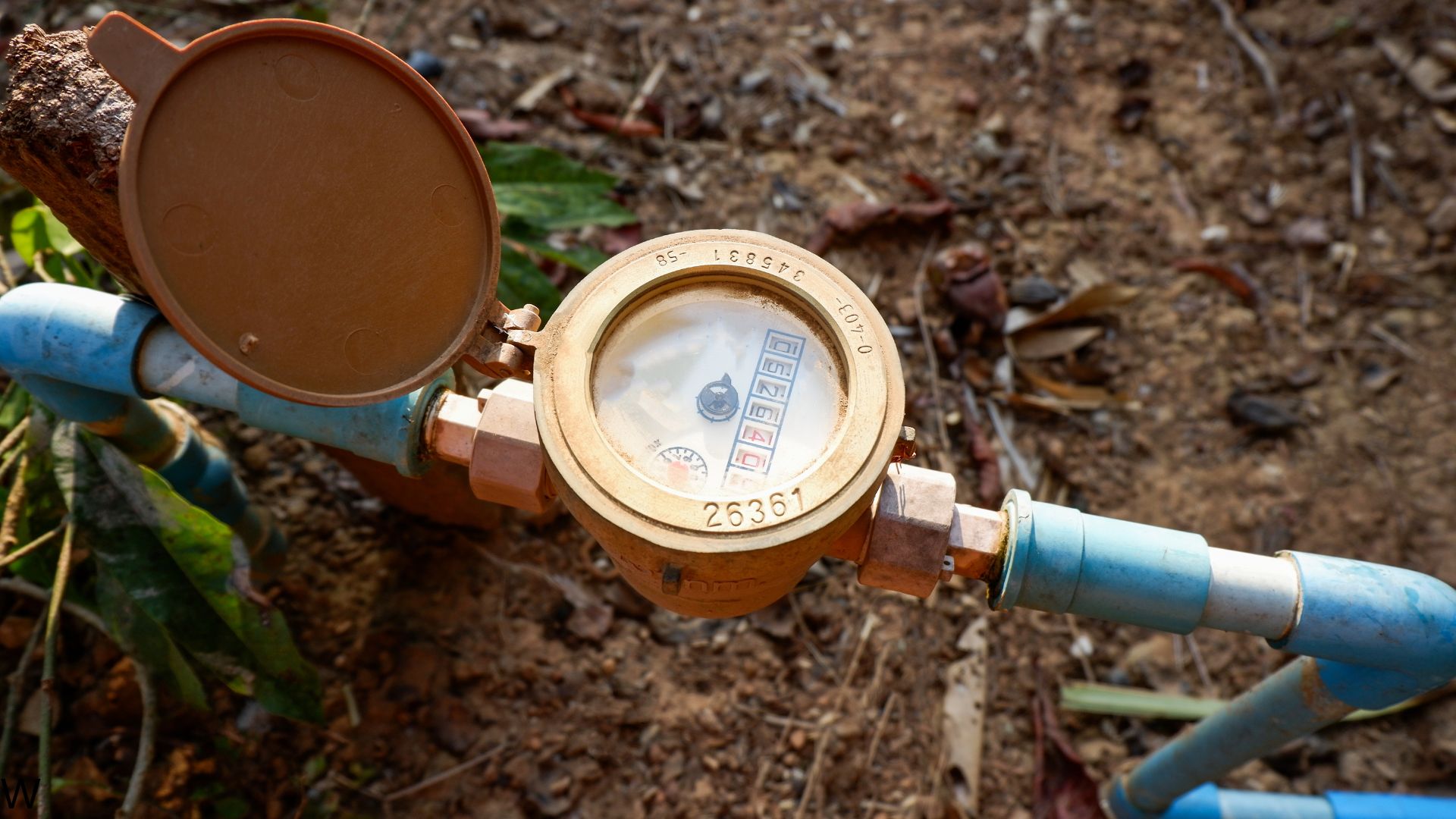Fire protection systems across Europe operate under strict regulatory frameworks that differ from North American standards.
The European fire hydrant represents a critical component in these systems, designed to meet performance requirements.
This guide covers European fire hydrant specifications, DIN and EN standards, pressure requirements, flow rate calculations, and installation practices.
You’ll discover key differences between underground and above-ground systems, technical specifications that govern performance, and compliance requirements for fire protection system design.
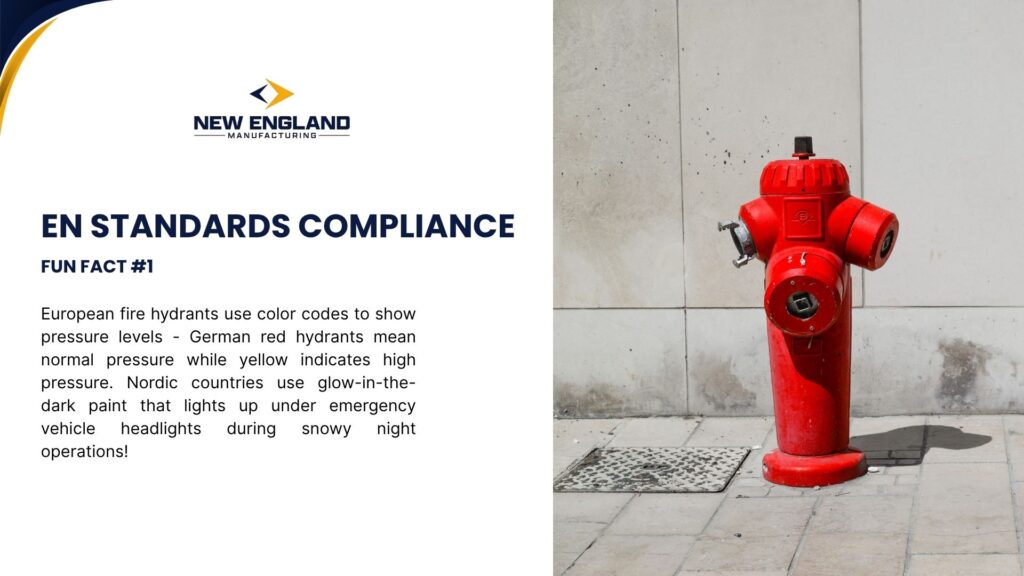
EN Standards Compliance
The EN 14384 hydrant standard governs pillar-type fire hydrants throughout Europe. This standard establishes dimensional requirements, material specifications, and performance criteria for above-ground installations.
EN 14339 hydrant standards focus on underground fire hydrant systems. These standards define technical requirements for underground valve assemblies, access chamber specifications, and connection protocols.
Both standards incorporate rigorous tests that verify performance under various conditions. These tests include pressure verification, flow rate checks, and durability assessments.
Standard | Application | Key Requirements | Testing Protocol |
EN 14384 | Above-ground pillar hydrants | Pressure ratings, thread specs, valve operation | Pressure test, flow verification, durability check |
EN 14339 | Underground hydrant systems | Chamber design, valve assembly, access requirements | Performance test, material verification, operation check |
DIN 3221 | German market hydrants | Thread compatibility, material specs, test protocols | Factory test, field verification, compliance check |
DIN Standard Integration
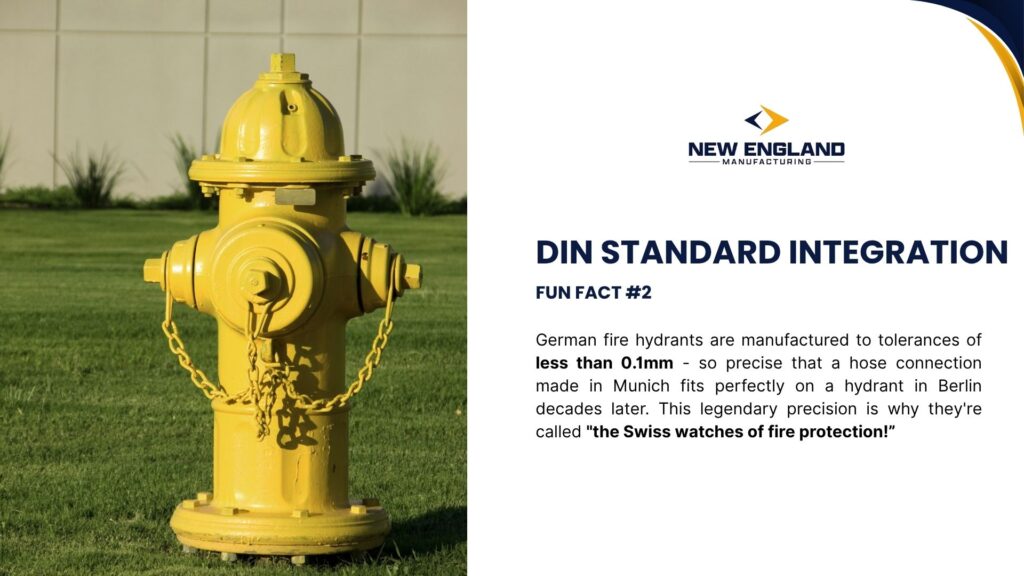
The DIN standard fire hydrant specifications provide technical guidance for German and Austrian markets. These standards complement EN requirements while addressing regional needs and installation practices.
DIN standards establish thread configurations, valve designs, and material requirements that ensure compatibility with current infrastructure. The standards also address maintenance protocols and inspection requirements.
Key DIN specifications include dimensional tolerances, surface finish requirements, and corrosion protection standards. These specifications help engineers select components for specific installation environments.
Above Ground vs Underground Systems
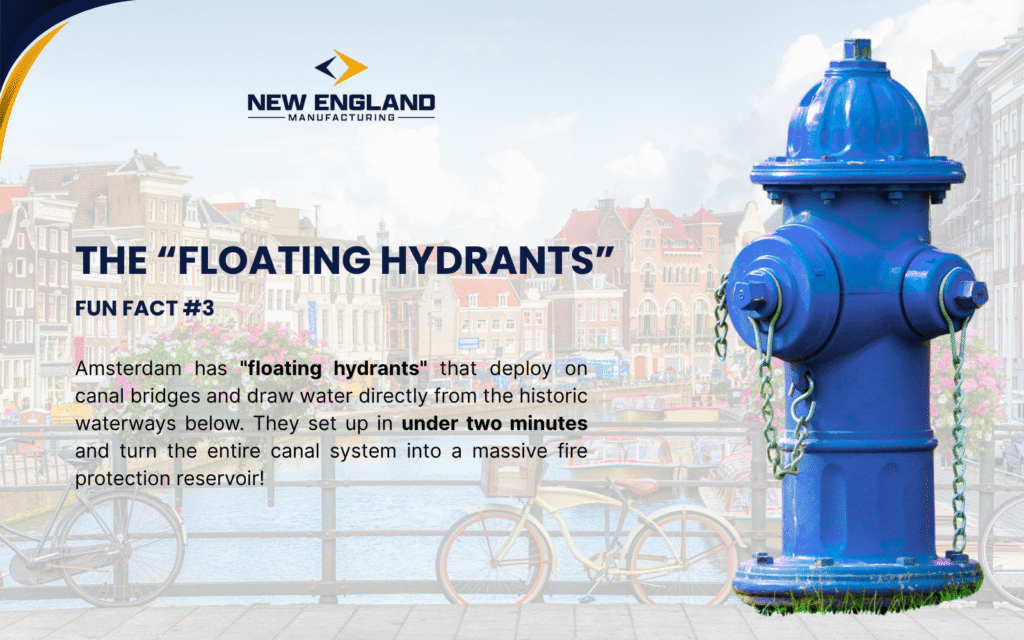
Above Ground European Fire Hydrant Applications
Above ground European fire hydrant installations offer advantages in terms of accessibility and maintenance. These systems provide immediate visual identification of hydrant locations and allow for rapid connection during emergencies.
Above-ground systems feature pillar-type designs that extend 600-1200mm above ground level. The height varies based on local requirements and expected snow accumulation in winter months.
Modern above-ground designs include anti-freeze protection through drain valve systems. This protection ensures reliable operation in sub-zero temperatures while preventing damage from freeze-thaw cycles.
System Type | Height Range (mm) | Temperature Range (°C) | Freeze Protection | Access Time |
Standard Pillar | 600-800 | -10 to +40 | Basic drain system | 30 seconds |
Cold Climate | 800-1200 | -25 to +50 | Advanced drain + insulation | 45 seconds |
Urban Design | 600-900 | -15 to +45 | Heated chamber option | 30 seconds |
Underground Fire Hydrant Europe Benefits
Underground fire hydrant Europe installations suit urban areas where above-ground hydrants disrupt traffic or pedestrians. They keep streets clean while offering equal fire protection.
These systems use specialized access chambers that protect valves, prevent debris and water entry, and withstand traffic loads.
Valve assemblies feature extended mechanisms for surface operation, designed to work reliably despite groundwater and soil conditions.
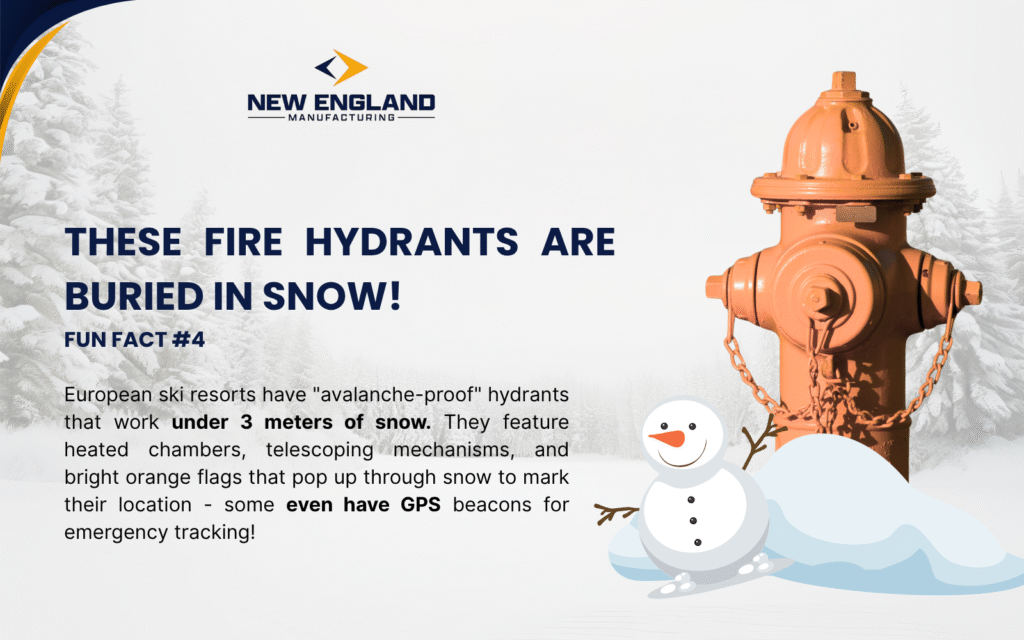
Fire Hydrant Pressure in Europe
Fire hydrant pressure in Europe varies based on system design, elevation, and local requirements. Typical operation pressures range from 1.5 to 10 bar (22-145 psi), with higher pressures available in high-rise applications.
Pressure requirements depend on several factors: building height, occupancy classification, and hazard analysis. Residential areas typically require lower pressures, while industrial facilities demand higher pressure capabilities.
When you design these systems, you need to understand the relative pressure vs absolute pressure. These devices maintain optimal pressure ranges while providing adequate flow rates for effective fire suppression operations.
Pressure Range (bar) | PSI Equivalent | Typical Applications | Flow Rate (L/min) |
| 1.5-3.0 | 22-44 | Residential areas, low-rise buildings | 500-800 |
| 3.0-6.0 | 44-87 | Commercial districts, mid-rise buildings | 800-1500 |
| 6.0-10.0 | 87-145 | Industrial facilities, high-rise buildings | 1500-2000+ |
Flow Rate Requirements
Fire hydrant flow rate Europe specifications establish minimum performance requirements for various applications. Typical flow rates range from 500 to 2000 liters per minute, depending on system design and application requirements.
Flow rate calculations must account for friction losses in the distribution system, elevation changes, and simultaneous demand from multiple hydrants. These calculations ensure adequate water supply during large-scale emergency operations.
Test protocols verify actual flow rates under various pressure conditions. These tests reveal system capacity and identify potential restrictions that could affect emergency response operations.
Proper Installation Requirements
European fire hydrant installation requires attention to technical specifications and local requirements. Installation teams must verify compatibility between hydrant components and distribution systems before work begins.
Site preparation includes excavation to proper depths, foundation installation, and connection to the water supply system. Proper installation practices ensure long-term reliability while meeting regulatory requirements.
Connection procedures must follow manufacturer specifications and local standards to ensure leak-free operation. Improper connections can result in system failures that compromise fire protection effectiveness.
| Installation Phase | Duration | Key Activities | Quality Checks |
Site Preparation | 4-6 hours | Excavation, foundation prep, utility location | Depth verification, soil analysis |
Component Installation | 2-4 hours | Valve assembly, pipe connection, chamber install | Pressure test, alignment check |
System Integration | 1-2 hours | Connection to main, pressure test, operation check | Flow test, leak inspection |
Final Commissioning | 1 hour | Documentation, training, handover | Performance verification, compliance check |
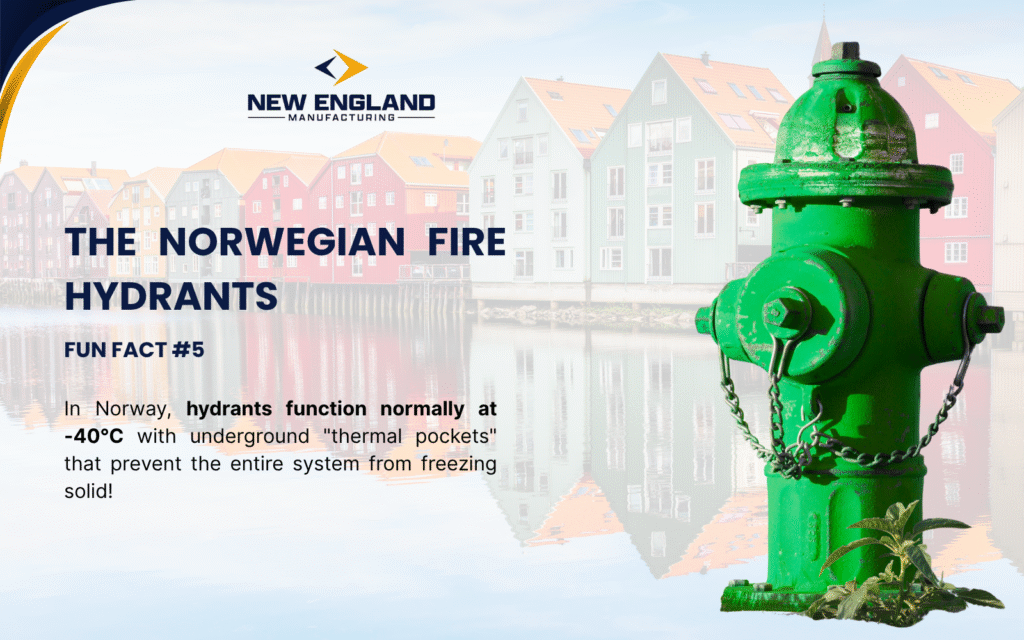
Maintenance Protocol Requirements
Regular fire hydrant maintenance ensures continued reliability and performance. European systems require specific maintenance protocols that address environmental conditions and operation requirements.
Maintenance schedules typically include annual inspections, valve operation tests, and pressure verification. These activities identify potential problems before they affect system performance during emergencies.
Winter maintenance becomes critical in European climates where freeze protection systems require attention. Proper winterization prevents damage while providing system availability during cold weather periods.
Fire Hydrant Specifications Europe: Material and Performance Standards
- Material Requirements and Standards
European fire hydrant specifications establish material requirements that ensure long-term durability and corrosion resistance. Common materials include ductile iron for main bodies, bronze for internal components, and stainless steel for critical wear surfaces.
Material selection must consider local environmental conditions: soil chemistry, groundwater characteristics, and atmospheric exposure. Proper material selection prevents premature failure and reduces maintenance requirements.
Coating systems provide additional protection against corrosion and environmental damage. These systems must meet specific adhesion, thickness, and durability requirements.
Component | Material Standard | Coating Requirement | Expected Lifespan |
Main Body | Ductile Iron EN-GJS-500-7 | Epoxy powder coat, 250μm min | 50+ years |
Valve Internals | Bronze | Natural oxidation protection | 25-30 years |
Operating Mechanism | Stainless Steel 316L | Corrosion resistant finish | 30+ years |
Gaskets/Seals | EPDM rubber | FDA approved, potable water safe | 15-20 years |
- Performance Test Standards
Comprehensive tests verify system performance under various operation conditions. These tests include pressure verification, flow rate checks, valve operation tests, and durability assessments.
Factory tests ensure that components meet specifications before installation. Field tests verify proper installation and system integration after completion.
Regular performance tests maintain system reliability while identifying potential issues before they affect emergency response operations.
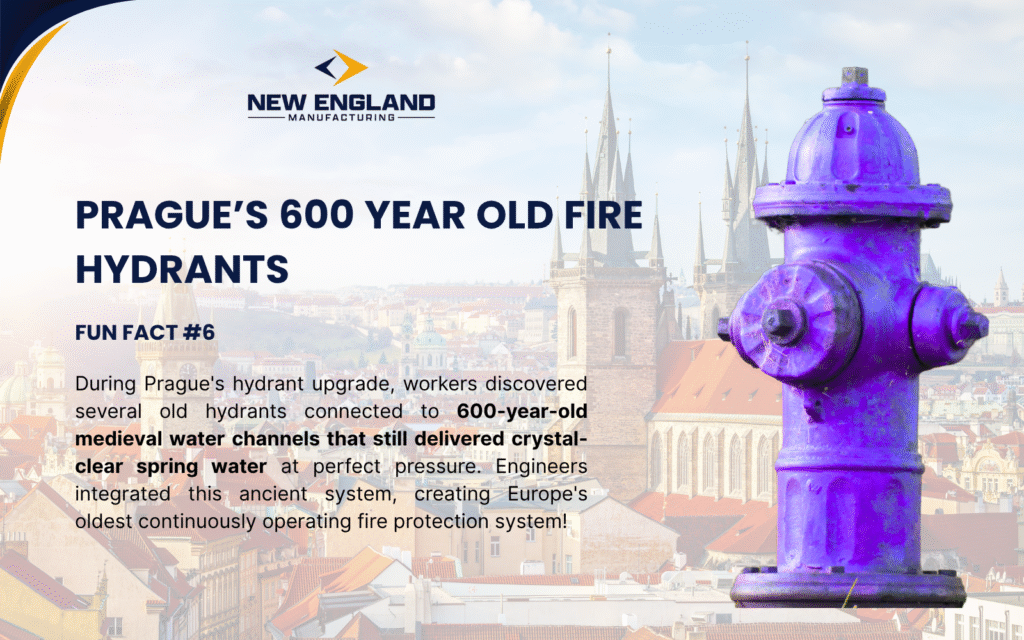
Case Study Analysis
- Municipal System Upgrade Project
A major European city upgraded its fire hydrant system to meet EN standards and tackle aging infrastructure. The project replaced 2,400 hydrants across the metro area.
The process required coordination between fire departments, water utilities, and municipal authorities. Planning focused on system capacity, pressure needs, and installation timing.
The results: better flow rates, greater reliability, and lower maintenance costs. The new system now delivers consistent performance across all installations.
Project Metric | Before Upgrade | After Upgrade | Improvement |
| Average Flow Rate (L/min) | 650 | 1,200 | 85% increase |
| System Reliability (%) | 78 | 96 | 23% improvement |
| Annual Maintenance Cost | €180,000 | €95,000 | 47% reduction |
| Emergency Response Time | 8.5 minutes | 5.2 minutes | 39% faster |
- Industrial Facility Improvement
A large manufacturing facility enhanced its fire protection system by installing high-capacity European fire hydrant units designed for industrial applications. The project addressed increased production capacity and met fire protection requirements.
System design incorporated multiple hydrant types: underground systems in pedestrian areas and above-ground units in equipment zones. The design approach balanced accessibility requirements with operational needs.
Performance tests revealed flow rates that exceeded design requirements and maintained specified pressure characteristics.
Advanced Features and Smart Technologies
Modern European fire hydrant systems use real-time monitoring to improve reliability and cut operational costs. They feature pressure sensors, flow meters, and valve indicators that send data to central control systems.
This supports predictive maintenance and emergency response. Data is transmitted via cellular, radio, or fiber optic networks, with redundant paths ensuring reliability during emergencies.
Technology Type | Monitoring Capability | Data Transmission | Maintenance Benefit |
Pressure Sensors | Real-time pressure monitoring | Wireless/cellular | Early leak detection |
Flow Meters | Actual flow rate measurement | Radio frequency | Performance optimization |
Valve Position | Operation status tracking | Fiber optic | Operation verification |
Temperature Sensors | Freeze protection monitoring | Satellite | Winter damage prevention |
Initial Investment Requirements
European fire hydrant system costs vary based on system type, capacity requirements, and installation conditions. Initial costs include equipment, installation labor, permits, and system commissioning.
Cost factors include site preparation requirements, connection complexity, and regulatory compliance activities. These factors can affect total project costs and should be evaluated during planning phases.
Value approaches help to optimize system design and control costs. These approaches balance performance requirements with budget constraints to achieve cost-effective solutions.
| System Type | Equipment Cost (€) | Installation Cost (€) | Total Investment (€) |
| Underground Standard | 2,500-3,200 | 1,800-2,400 | 4,300-5,600 |
| Above-ground Pillar | 1,800-2,400 | 1,200-1,600 | 3,000-4,000 |
| High-capacity Industrial | 4,200-5,800 | 2,800-3,600 | 7,000-9,400 |
| Smart Monitoring System | +800-1,200 | +400-600 | +1,200-1,800 |
Maintenance Cost Management
Effective maintenance programs control long-term costs while providing system reliability. Preventive maintenance approaches typically cost less than reactive maintenance while providing better performance outcomes.
Maintenance cost factors include labor, materials, equipment, and system downtime. Proper plan minimizes these costs while providing compliance with regulatory requirements.
Budget plan should account for both routine maintenance and major system upgrades. Proper budget allocation provides adequate resources for system maintenance while supporting long-term reliability goals.
Certification Process Requirements
European fire hydrant systems must meet specific certification requirements that demonstrate compliance with applicable standards and regulations. Certification processes verify design, materials, manufacture, and performance characteristics.
Third-party test laboratories conduct certification tests according to established protocols. These tests verify that systems meet or exceed minimum performance requirements under various operation conditions.
Certification documentation includes test reports, material certificates, and performance data that support regulatory compliance. This documentation must be maintained throughout the system’s operational life.
Certification Stage | Required Documentation | Test Duration | Validity Period |
Design Approval | Technical drawings, material specs | 2-4 weeks | 5 years |
Factory Testing | Performance test results, quality records | 1-2 weeks | 3 years |
Installation Certification | Field test data, compliance verification | 3-5 days | 1 year |
Periodic Recertification | Maintenance records, performance data | 1-2 days | Annual |
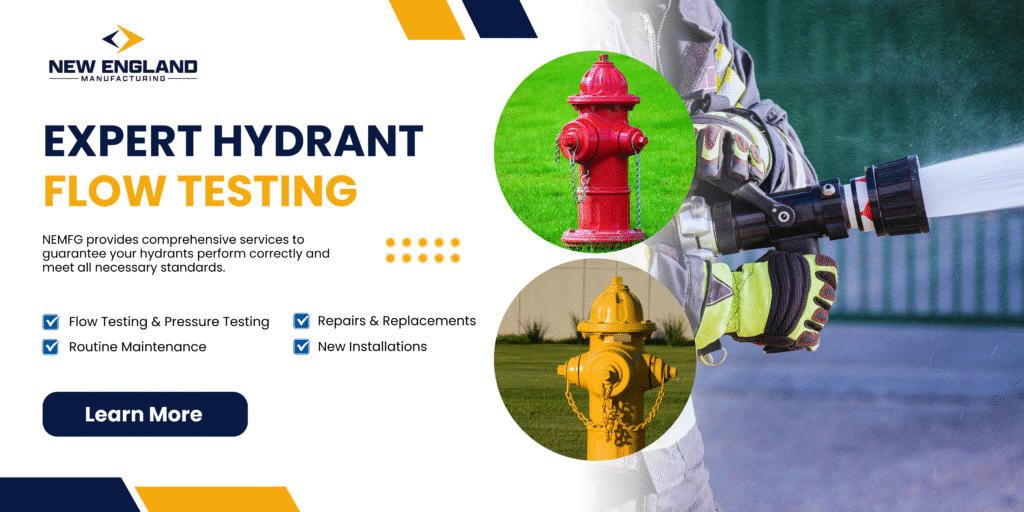
Key Takeaways and Professional Recommendations
European fire hydrant systems follow strict regulatory standards like EN 14384 and EN 14339, ensuring reliable performance for both above-ground and underground setups.
Proper installation and regular maintenance extend system life and ensure emergency readiness while maintaining compliance.
Emerging technologies are boosting performance and supporting sustainability goals. Professionals must stay updated, and certification programs offer vital training in design, installation, and maintenance.
For over 100 years, New England Manufacturing has been known as the top #1 business for providing the best water system equipment. We also have the skills to make sure your fire hydrants work correctly and follow the rules.If you need expert help checking or taking care of your red fire hydrant or any other hydrant, so you don’t have to worry about following rules or if it will work when needed, trust NEMFG. Become part of our 80K happy customers by emailing us at sales@nemfg.com.

